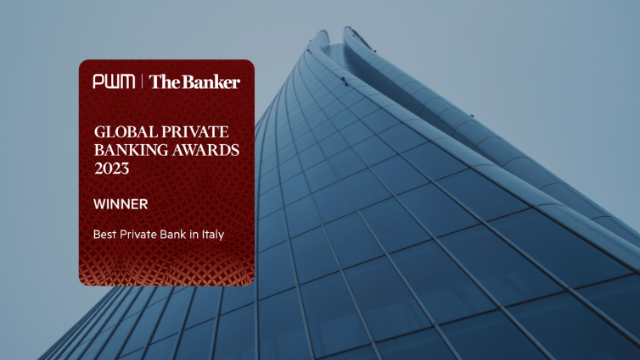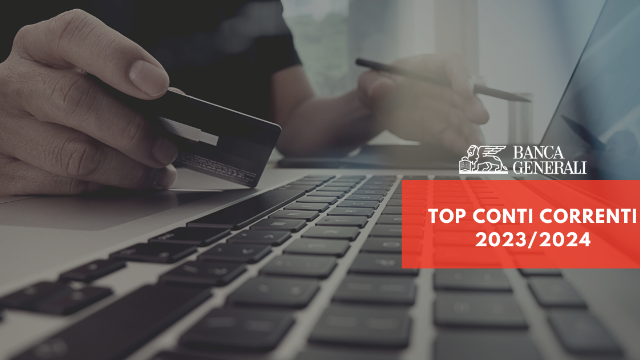News

ESG investments: a growing trend
The ESG investment market is constantly growing, but between greenwashing and green paradox, the risks are around the corner. A fair approach must be taken to reap the maximum benefits from these tools.
Sri, ESG, impact investing and sustainable finance: sustainability is carving out an increasingly central role in the evolution of the investment world. However, the new sustainable tools is leading to the emergence of new unknowns: how do investors position themselves to comply with what has been decided at the regulatory level? Is there really a risk of green washing? Are we facing a potential bubble? Before answering these questions we need to take a step back and analyze what sustainable ESG investments are.
What are ESG Investments?
ESG investments are the type of investments that take into account relevant environmental, social and governance factors in the selection and ownership process of companies, with the aim of generating sustainable returns in the long term. Their ultimate goal is in fact to mobilize the capital necessary to achieve the sustainability objectives established by the numerous international agreements including that of Paris, the UN Sustainable Development Goal and the European Green Deal (which provides for net-zero emissions in 2050). Examples of various goals are: the level of CO2 emissions, the number of training hours for employees provided by the companies, or the balance in the composition of the board of directors in terms of gender and in terms of governance.
ESG and evaluation criteria
Unlike traditional investment products, in the context of sustainable tools, there are no standard evaluation criteria that companies can refer to in order to obtain an ESG score that is comparable with other companies, and that at the same time is easy to understand for investors. In the absence of a single international coordination on ESG criteria, the European Union moved autonomously and on 10 March 2021 introduced the so-called "Regulation on Financial Services Sustainability Information (SFDR)" into the continental regulatory framework products in specific types and includes metrics to assess the ESG impacts of the investment process for each fund, placing much more emphasis on disclosure by issuing companies.
Sustainable ESG investments: which strategy?
In terms of strategy, the asset management industry has now developed two different paths for sustainable investments following ESG criteria: that of exclusion and that of inclusive.
- The first provides for two main methods: 1) negative screening (taking an investable universe, a specific sector / security that does not meet ESG criteria is excluded); 2) normed based screening, which proceeds to the exclusion of companies that have not signed an international treaty or have not adhered to some specific rules.
- The second, namely that of inclusion, takes place in three main ways: 1) integration of ESG processes within financial analyzes; 2) Best in class / positive screening in which we invest in companies of a sustainable universe by choosing the best ones; 3) thematic investments (eg companies operating in renewable energy).
These are two approaches that are now universally adopted with a flexibility that varies according to the type of portfolio in which these instruments are inserted.
ESG investments and greenwashing risk
As anticipated, the boom in ESG investments is leading to various reflections on some potential critical issues for the industry. A relevant phenomenon regarding the investment process is, for example, the green paradox. Some statistics show that taking into account too many ESG factors, or vice versa not using them in sufficient quantities, potentially penalizes the performance of diversified investment.
Another aspect linked to sustainable investments and which must be considered with particular attention is greenwashing, a practice that occurs when an issuer presents itself as ESG compliant when in fact it is not. This practice can be avoided, by the most prepared investors, through active ownership, a transversal approach with which influence is exercised on a company by engaging through dialogue and exercising the right to vote to push the company to undertake real ESG approaches. The practice of active ownership completes that of stewardship, which consists solely of a relationship of trust with the counterparty, in which the investor maintains a role of the critical spectator towards the information that is received from the companies.
With regard to the risk of bubbles on “green” investments, we observe the following: making a distinction between bonds and shares, we see how effectively a premium is being created on bonds for green issues compared to traditional ones (the so-called greenium). This premium is currently around 10bp / 15bp on average with exceptional cases that can even reach 25bp. We remain the current state still at acceptable levels. With regard to the equity sector, on the other hand, the ESG concept has more variable characteristics. In some cases, ESG indices perform very similarly to generalist indices. The discourse is different on thematic investments such as renewable energy, hydrogen, batteries and the like in which we actually find ourselves in some cases in the presence of high valuations but still with respectable earnings growth and often above the market average.



/resolutions/res-640x360/139910332_l-(2).jpg)